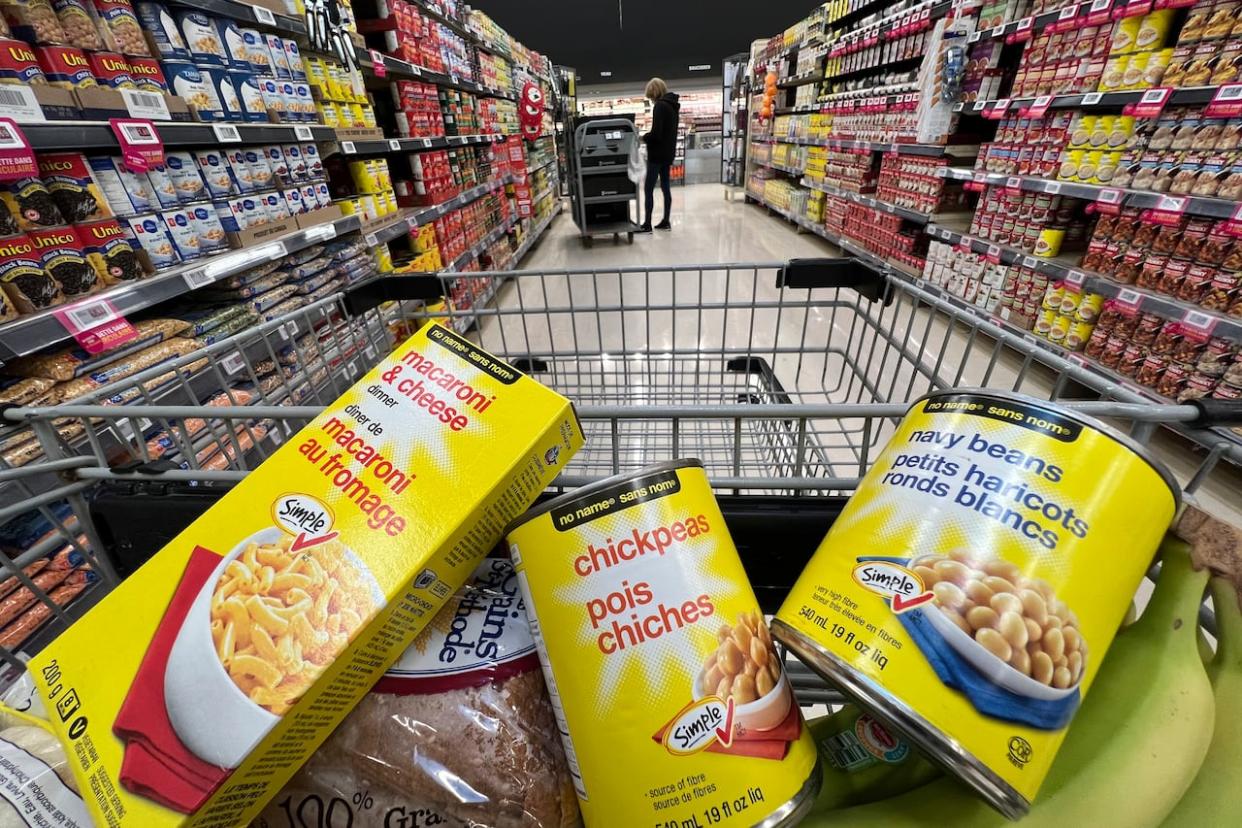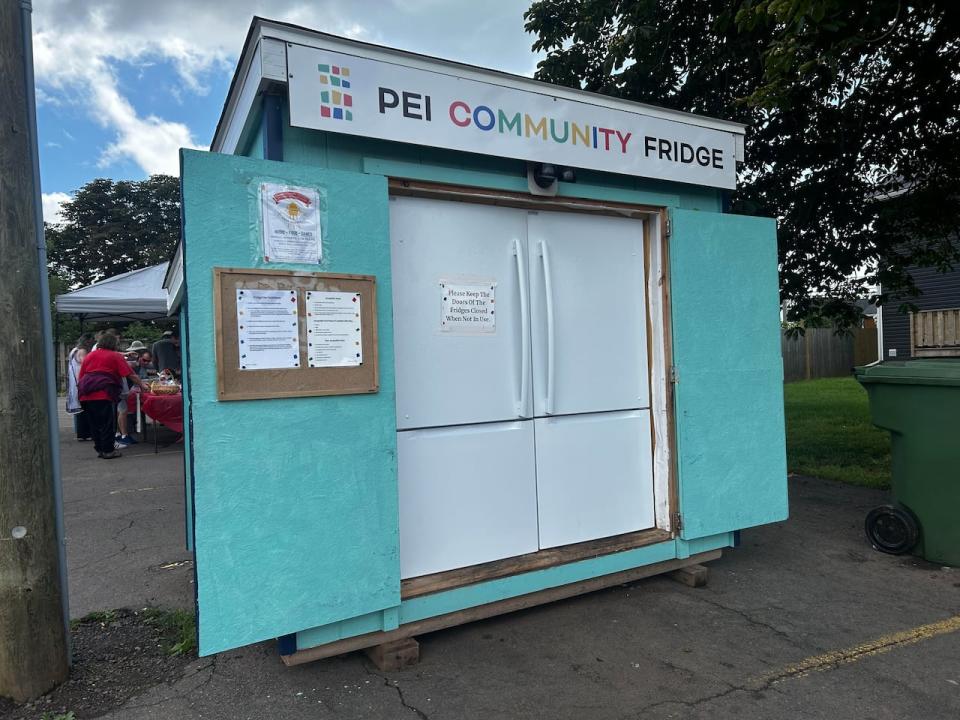2 in 5 Island children living with food insecurity, says Statistics Canada report

The rate of child food insecurity in Prince Edward Island continues to be the worst in the country, and the numbers are climbing higher still, according to the most recent figures from Statistics Canada.
Those figures show 41 per cent of Island children were living in households struggling to be able to afford the food they needed in 2022, up from 35.1 per cent the year before.
Overall, 28.6 per cent of Islanders of all ages had trouble acquiring healthy food in an affordable manner in 2022, up from 23.6 per cent in 2021.
"It's completely unacceptable," said Jennifer Taylor, a professor in foods and nutrition at the University of Prince Edward Island. "It means that those children are living in houses where either they or their parents are cutting the size of their meals [or] skipping meals."
The statistics on moderate to severe food insecurity show more Islanders are going an entire day without eating, Taylor said — especially parents, who choose to provide what food they do have to their children.
"That may seem really shocking, you know, in a wealthy country like Canada, [or a] beautiful province like Prince Edward Island, but it is a very simple case of households not having enough money to buy food."
Across Canada, the overall rate of food insecurity also climbed in 2022, as high inflation levels pushed up food prices.
While declining food costs were one of the main factors slowing down inflation in the latest Consumer Price Index figures, overall food costs were nonetheless 25 per cent higher in P.E.I. in April 2024 than they had been four years earlier.
Across the country, the increase over that four-year period was 22 per cent.
It is a very simple case of households not having enough money to buy food. — Jennifer Taylor
"Food insecurity is a really challenging issue here. I think everybody is familiar with food inflation and some of the factors that are impacting food security," said Shaun MacNeill, director of strategy and policy with the P.E.I. Department of Social Development and Seniors.
By law, Prince Edward Island is supposed to eliminate child food insecurity in the province by 2025. That's because three years ago, the P.E.I. Legislature passed a bill introduced by the Green Party to create the Poverty Elimination Strategy Act.
That legislation requires the province to develop a strategy to reduce poverty levels and sets targets to achieve that.
According to the law, P.E.I. is also supposed to eliminate chronic homelessness by 2025, as well as reduce the province's poverty rate by 25 per cent.
MacNeill said the province looks to be on track to reduce the poverty rate as intended, but described all the targets as "fairly ambitious" and "aspirational."
There are no penalties in the legislation if the targets aren't met, but he believes missing them would trigger a debate within the legislature and beyond.
If you don't meet [the targets]... it'll spur lots of public discussion and debate. And yeah, it'll be a good thing. — Shaun MacNeill
"It's the byproduct of legislating those targets: That if you don't meet them, then you have to answer to the public… I think it'll spur lots of public discussion and debate.
"And yeah, it'll be a good thing."
The law also requires the finance minister to consider the province's poverty elimination strategy when drafting P.E.I.'s annual operating budget.

The P.E.I. Community Fridge, based in Charlottetown, is turning three years old this summer. The kind and amount of food that families can get from it depend on how healthy the donations are in any given week. (Tony Davis/CBC)
The current poverty strategy was released in 2018 by the previous Liberal government under Wade MacLauchlan, and expires this year.
A new strategy was to have been released by the Dennis King government in 2024. MacNeill said that likely won't happen until 2025, with public consultations set to take place this fall.
While the province has often touted its school food program, which offers lunch to children under a pay-what-you-can model, Taylor said the situation requires making sure there's more money in the pockets of the lowest-income families. Otherwise, she said, more and more of them can't afford to eat.
Because food costs are what Taylor calls "elastic," they are pared first compared to essential costs that don't have that flexibility — like rent, utilities and even cellphones.
"I'm really hoping that this is seen as a crisis," she said. "It is a crisis… we're seeing it across the country, but P.E.I. for some reason had the largest increase in Canada."

 Yahoo News
Yahoo News 
